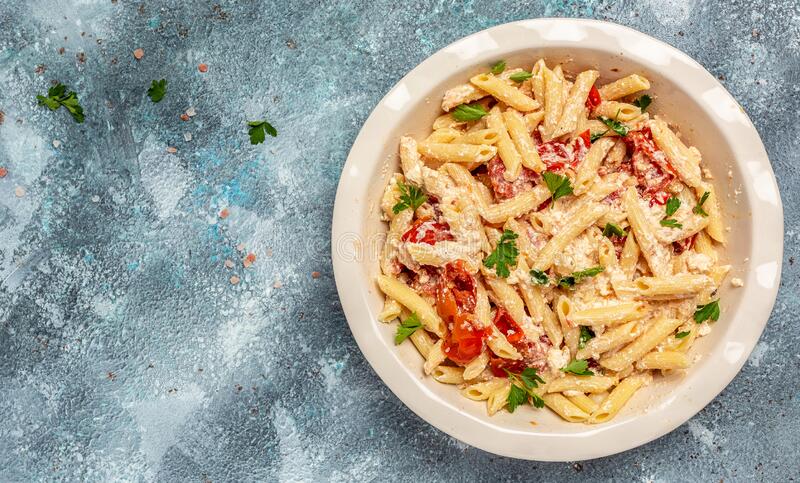TikTok trends influence which consumers are purchasing foods, how they purchase them, and what they choose to buy. Although this sometimes poses a challenge, as retailers and makers are met with persistent supply issues because of sudden demand, they can also invent innovative solutions to best respond.
The largest TikTok videos have amassed billions of viewers, inspiring many to test out new recipes and purchase ingredients they may not have otherwise. Whipped Dalgona Coffee videos have reached 2.8 billion viewers, making it the app's second most popular food trend. The recipe requires instant coffee as an ingredient, which is not as readily available in households as its ground equivalent.
In a think piece about how TikTok has changed consumers' relationship with food, Sarah Rahman, arts writer at Michigan Daily, wrote, “The recent rise of food trends originating from TikTok is different from the trends of the past: The food is usually cooked rather than bought and can be made by anyone, often including younger generations. The most viral food trends usually use simple, accessible ingredients and don't require much skill to master.” The shift towards cooking means a maker's specialty product may already be a key trending ingredient. These products, however, are not always able to meet the demand.
Last fall, influencer Emily Mariko prepared a salmon dish requiring Japanese Kewpie Mayo, a product often found in East Asian markets. The video has received 88.4 million views and led to the product being sold out across the U.S.
Scott Zoeller, founder of Many Minds Consulting who has worked as buyer, director, and vice president at supermarkets including Kings Food Markets, Uncle Giuseppe's, and QuickChek, noted during a recent SFA webinar the strain that the TikTok pasta and feta dish put onto his supermarket's feta supplies. The dish is made with a few ingredients, including cherry tomatoes, shallots, garlic, olive oil, pasta, and feta cheese. He said the trend, “put so much pressure on the feta industry…when [product] came in it flew out,” compelling him to find other feta cheese brands with enough inventory to fulfill the customer demand.
Zoeller noted that such trends spur younger generations to go to grocery stores which can drive sales of other products, and specialty food makers have the opportunity to present to strained supermarket buyers needing product.
To interact with the TikTok community, and get ahead of trends, companies like Instacart and Walmart have taken measures to facilitate the shopping experience through innovation. Instacart, for example, recently partnered with TikTok to allow select food creators to input “shoppable recipes” in their videos. A carrot-shaped button visible on the video can be used to add the required ingredients to the user's Instacart cart. Because of Instacart's user interface, customers are readily able to shop at local markets and quickly see if items are in stock.
In a statement regarding the release of Instacart's new feature, Asha Sharma, Instacart COO, said “By making popular recipes from destinations like TikTok and Hearst Magazines' Delish easily shoppable in a few taps, we're helping people put that passion into action by picking up a few items from their favorite local store so they can create exciting new meals. We're expanding our touchpoints beyond the weekly grocery shop or late-night cravings, and meeting people when food inspiration strikes, and they want to discover new meals and cooking experiences.”
In a similar vein, Walmart launched a “Trending on TikTok” section on its grocery websites with key ingredients found in the latest trends. This menu has since been replaced by “raspberry chia jam,” a simple vegan recipe that has contributed to 312.5 million combined chia-jam recipe TikTok views.
Other supermarkets, like Harris Teeter, have added As Seen on TikTok displays in their physical stores, allowing shoppers to quickly identify key ingredients. In an Associated Press article about how “As Seen on TikTok” is becoming the new “As Seen on TV,” journalist Joseph Pisani found that candy chain It'Sugar has begun including TikTok displays that account for between 5 and 10 percent of weekly sales.
TikTok's food trends have created a tide of disruptions to the food industry, creating opportunities for innovation in its wake.
Related: Cloud Bread Tops TikTok Food Trends; Report: Online Grocery Shopping Grows

